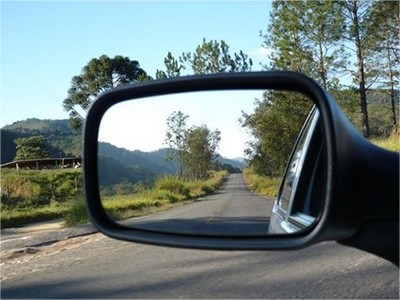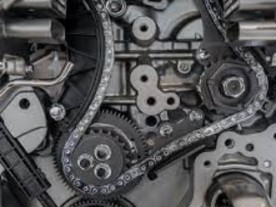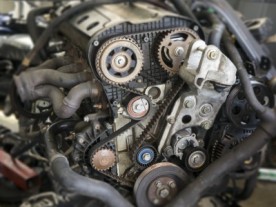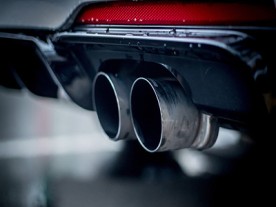The Reason Why Objects in a Car’s Side Mirror Are Closer Than They Appear
"Objects in the mirror are closer than they appear." This is basically a warning you see on all cars, but why isn't the object displayed accurately in the passenger side mirror? Actually, this was carefully designed with safety in mind.
The way we see things is dependent on how light reflects off objects around us. An object's color, texture, shape, and other characteristics influence the direction and intensity of light that bounces off them. If the objects are reflected off an intermediate object, like a mirror, our perception of the original object may be distorted.
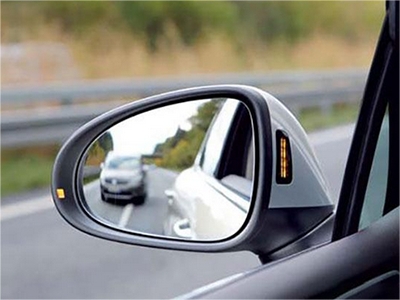
The shape of the mirror also makes a difference in our perception. In the U.S., passenger-side mirrors are convex (curved slightly outward), whereas driver-side mirrors are flat. A convex mirror placed on the passenger side reduces the driver's blind spots on that side of the vehicle by presenting a wider field of view, but it also makes other cars appear farther away due to a slight distortion caused by the shape. The flatter mirror on the driver’s side produces a more accurate depiction of what’s behind the car with a more narrow field of view, since light bounces off in the same direction that it hits the mirror and doesn't distort the reflection of the object.
When combined, these two mirror types provide drivers with a wider view of the passenger side while keeping their focus primarily on the road. The combination of flat and convex mirrors has been the standard in the US for a long time. However, the US Department of Transportation is exploring the safety benefits of using two convex mirrors, which is more common in European cars.
For now, it's important to remember to frequently check your mirrors and perform shoulder checks before changing lanes, always using your turn signals.

